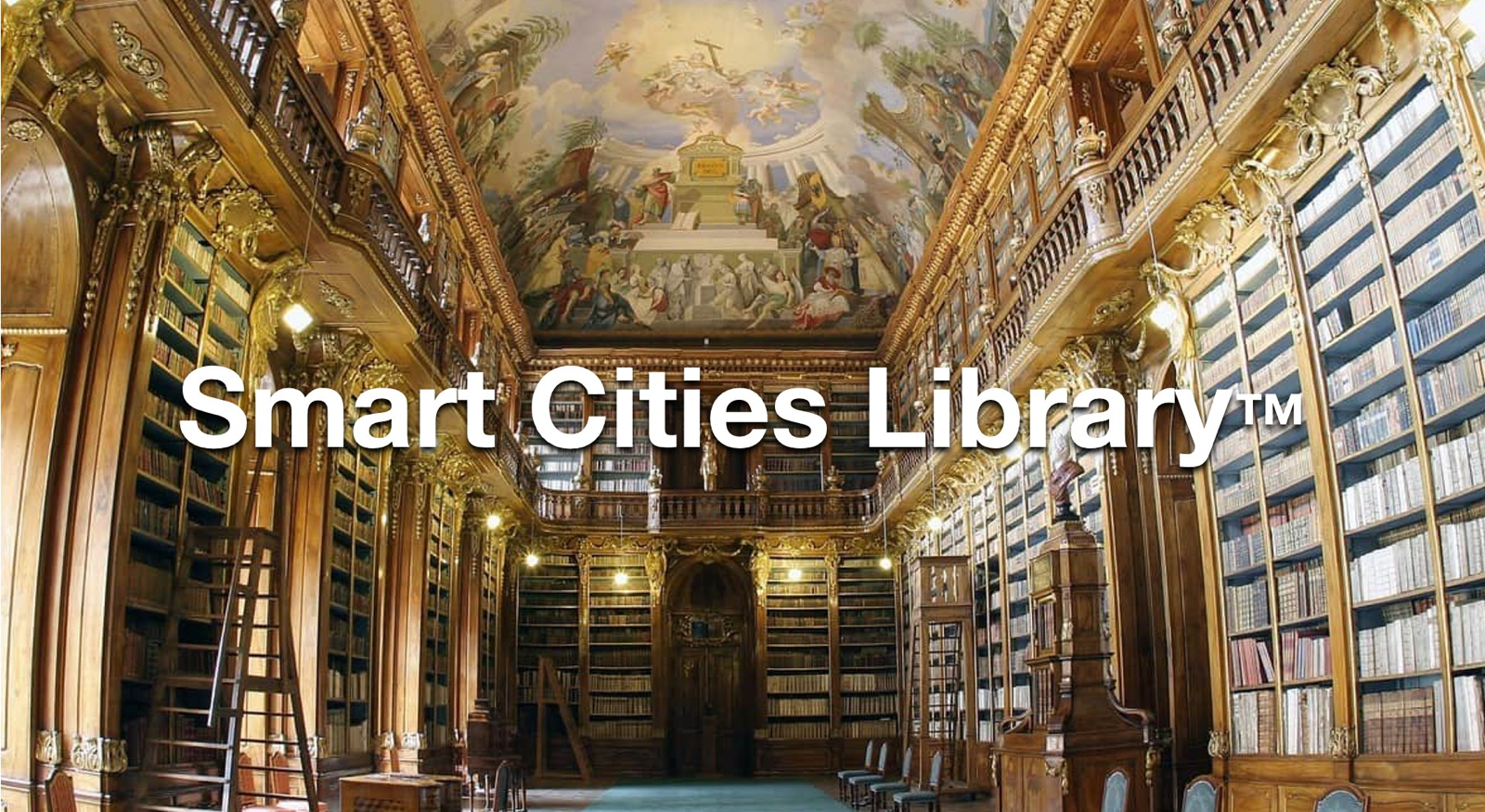ities all over the world are investing in infrastructure like fiber-optic networks, a range of sensors, and interactive touch-screens and in practices like open data collection in a race to become “smart and connected.” Cities are rushing to get “smart” in order to create new economic opportunities, to take advantage of potential systems efficiencies, and to not be left behind the technological curve. They’re making smart-city investments with the best of intentions to improve quality of life and increase opportunities for commerce, tourism, and their citizens alike.
As part of these smart and connected investments, many communities are developing smart-city strategies to guide development and implementation. For example, members of the Mayors Bistate Innovation Team published a digital playbook in 2011 in order to leverage a newly installed Google Fiber network to spark economic development, advance opportunities, and improve daily life in Kansas City. In 2013, the mayor of London formed the Smart London Board, which published the “Smart London Plan” to harness “the creative power of new technologies to serve London and improve Londoners’ lives.“ The plan lays out the numerous ways the city will utilize technology and big data to re-create London not only as a cutting-edge city, but as one able to handle the influx of people expected to move there by 2030. Creating and executing such a plan in a way that is intentionally responsive and relevant to the whole of a community can create the opportunity for a city to go beyond “smart” and instead become an “intelligent community.” This is, of course, easier said than done, but some essential steps toward enabling an intelligent community to flourish are outlined below….
Read More




















